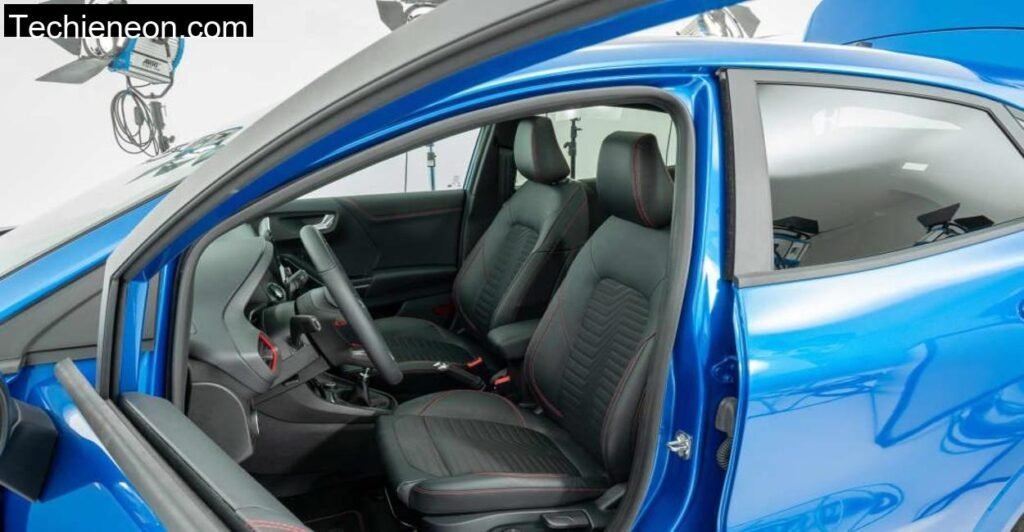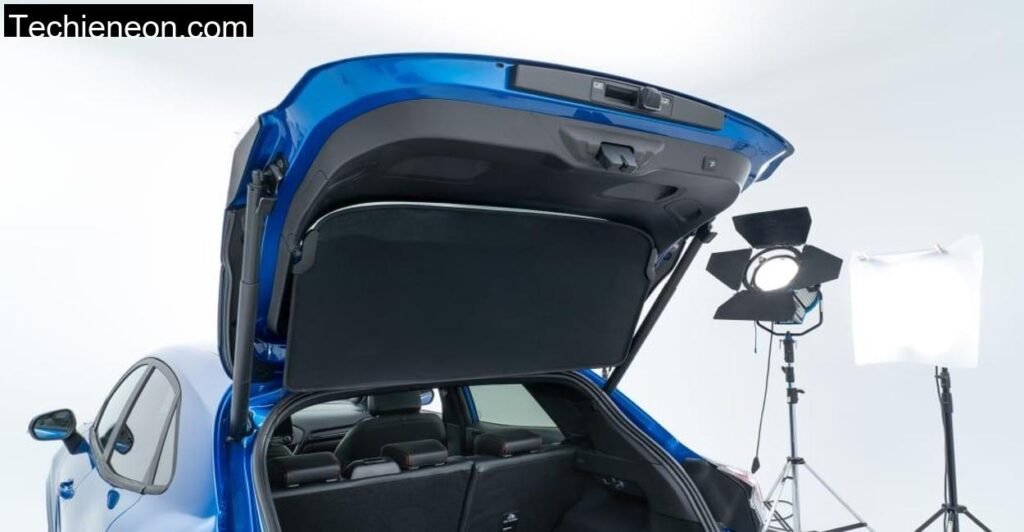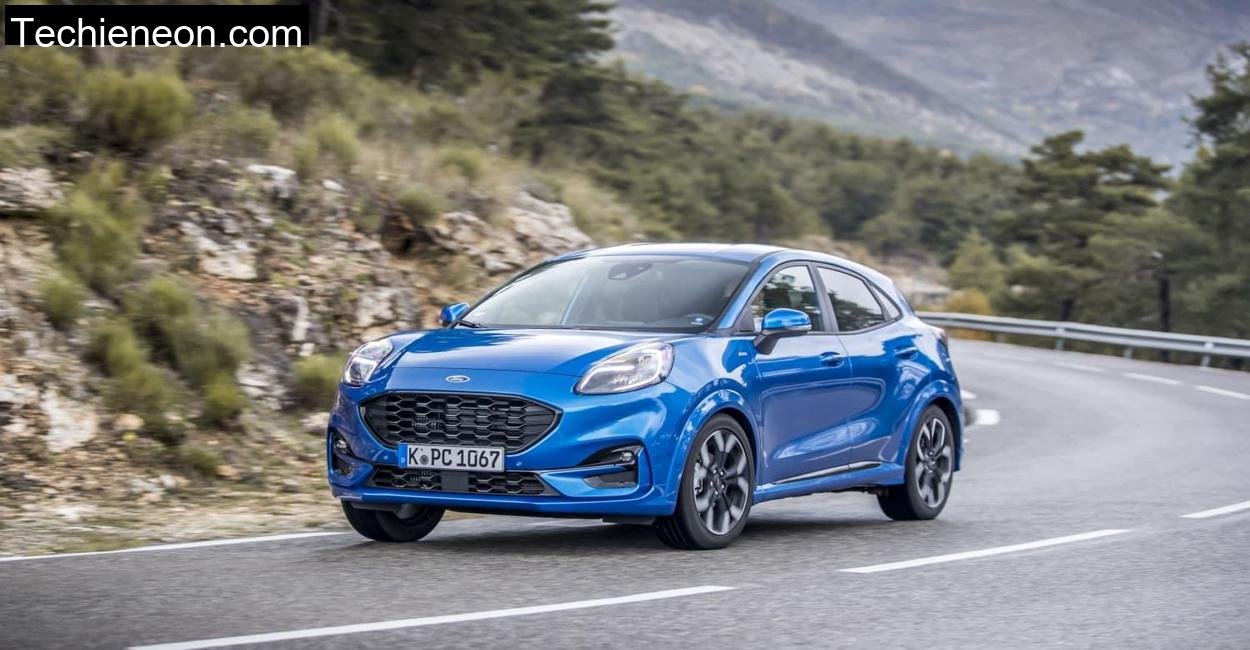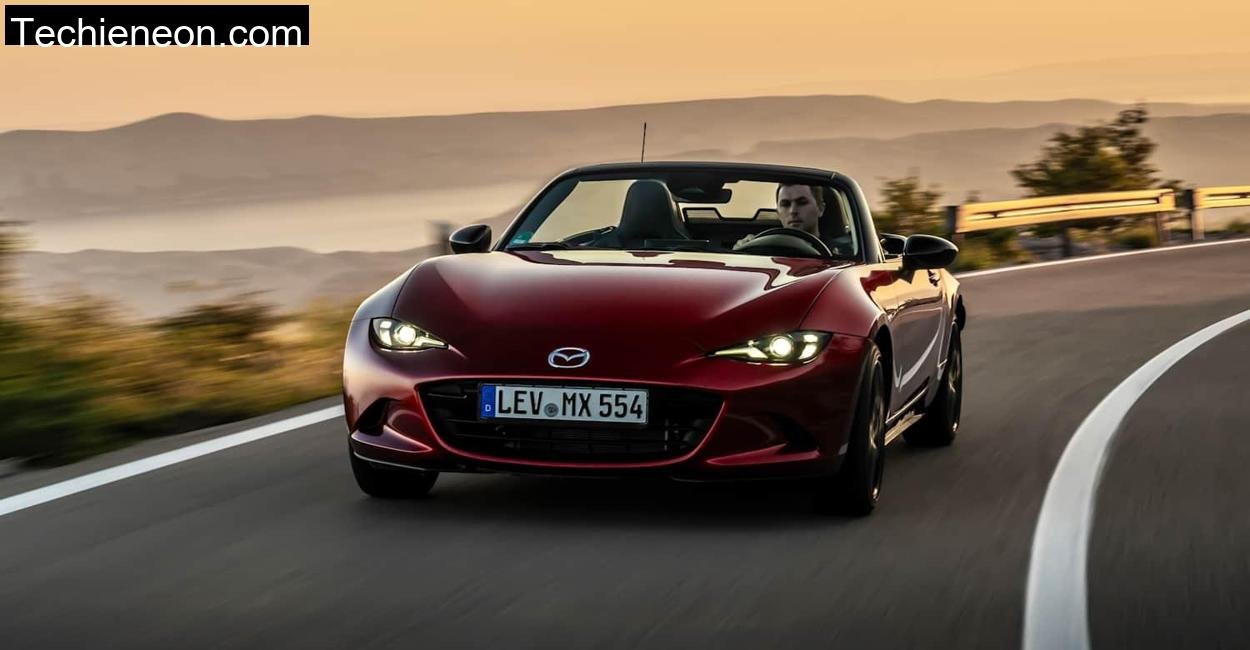It was just past dawn when I steered the Ford Puma onto the winding alpine road leading up Germany’s highest mountain. The Zugspitze, a granite giant with its jagged skyline, is no ordinary testing ground. But neither is the Ford Puma an ordinary small SUV. Under its compact body lies Ford’s effort to bridge practicality with hybrid dynamism, a blend I was determined to put to the test at over 2,000 meters above sea level.
The Puma may have started life decades ago as a curvy little coupe, but in its latest guise, it’s reborn as a mild-hybrid crossover that’s turning heads. The pre-facelift version I drove still represents the core package offered today, save for some cosmetic tweaks and infotainment upgrades. And as the temperature dropped and the forest gave way to stark alpine rock, the Puma started to show what it’s truly made of.
The Puma is Not Stingy with Space
What caught me first, besides the crisp mountain air, was how naturally the Puma accommodates tall drivers like me. I’m six-foot-two, and with the Puma’s longer wheelbase and increased track width, I had no issue stretching out up front. My co-driver, slightly taller, noted the same. In fact, Ford’s claim that the Puma suits drivers up to 1.95 meters isn’t exaggerated.
There’s a sense of elevation here too, literally and figuratively. Sitting 3 cm higher than in the old Fiesta, the Puma makes ingress easy. You’re not climbing in like an off-roader, but you’re not dropping into a low hatchback either. It strikes a balance that makes it perfect for city streets, but just as confident on this alpine road where visibility is key.
Rear seat space is adequate, not outstanding, let’s keep expectations real. At 1.80 meters, a passenger will find the back row perfectly usable, even with the front seats set for taller folks.

Well-Thought-Out Details in the Trunk
Space is one thing. Usability is another. And this is where Ford clearly did its homework.
Open the tailgate and you’re greeted by a 456-liter boot. But dig deeper and you find the genius-level “Megabox”, a rugged, water-resistant storage well beneath the trunk floor. At 80 liters, it’s big enough for muddy boots, wet hiking gear, or even a golf bag upright. After a sweaty hike down from the glacier trail, I threw my soaked shoes straight into the Megabox. A drain plug at the bottom let me wash it out with a water bottle. No mess. No drama.
Ford chose not to install sliding rear seats like some rivals. But given the spacious trunk and smart layout, I didn’t miss them. The load bay is wide, flat, and accessible. There’s a height-adjustable floor and even a soft parcel shelf that lifts with the bootlid. Thoughtful touches.

Tested: Hybrid Engine with 125 hp
The mild-hybrid powertrain doesn’t shout about its electric help, but it’s there when it counts.
At low revs on the hairpins leading to Eibsee, the electric motor kicks in subtly, offering a helpful 50 Nm boost that smooths over any turbo lag from the 1.0-liter three-cylinder engine. With 125 hp on tap, it’s no rocket,0 to 100 km/h takes 9.8 seconds, but it’s peppy enough for real-world mountain climbs and highway cruising.
What stood out was the drivetrain’s character. Below 1800 rpm, there’s a dull hum, but once past 2000 rpm, the engine wakes up and feels smooth and energetic. The six-speed manual shifter is a joy, precise, slick, and with short throws. It rewards spirited driving, especially on technical roads like these where gear control matters.
The Puma is light on its feet, too. Despite its SUV styling, it handles like a slightly taller hatchback. Cornering down from the Sonnalpin cable car station, the chassis was taut and composed, with steering that felt alive. Sure, you get a bit of roll when really leaning in, but it’s never sloppy.
Test Consumption: 6.1 l/100 Kilometers
Ford claims 5.4 liters per 100 km. I managed 6.1 on this trip, exactly the measured average. Considering the altitude gain, spirited driving, and constant gear changes, that’s impressive. On flatter, more restrained drives, I’ve seen sub-6-liter figures.
But fuel efficiency isn’t the only story. The Puma’s emissions are clean, easily meeting strict Ecotest standards. That matters, especially when driving through pristine natural landscapes like the Zugspitze region. You want a car that respects the terrain it conquers.
Outlook 2025: The Puma Will Be Electric
Starting next year, the Puma will be offered as a fully electric model. Dubbed the Puma Gen E, it’ll pack 168 hp, 290 Nm, and a 43 kWh battery good for up to 376 km WLTP range.
I didn’t get to drive the electric version, not yet, but it promises to elevate the Puma further. Fast-charging capability (100 kW DC) means 10–80% in 23 minutes. Inside, the shifter is gone, replaced by a minimalist layout and a massive 145-liter “Gigabox” in place of the exhaust system.
Ford is aiming high here. But at a starting price of €36,900, it’ll need to justify its premium with refinement and real-world range. The hybrid version already punches above its weight, the electric one has a lot to live up to.
Technical Specifications
All tech info comes right from Ford’s official site so it’s accurate and trustworthy.
| Specification | Ford Puma Hybrid 125 hp |
| Engine | 1.0L 3-cylinder turbo petrol |
| Mild-Hybrid Support | 48V belt-starter-generator |
| Power Output | 125 hp (92 kW) |
| Torque | 210 Nm + 50 Nm (electric assist) |
| Transmission | 6-speed manual |
| 0-100 km/h | 9.8 seconds |
| Top Speed | 191 km/h |
| Fuel Consumption (ADAC) | 6.1 l/100 km |
| Emissions Rating | 4 stars (ADAC Ecotest) |
| Luggage Capacity | 456 liters (280 usable) |
| Megabox Volume | 80 liters |
| Length | 4.19 meters |
| Width | 1.81 meters |
| Height | 1.54 meters |
| Wheelbase | 2.59 meters |
Conclusion
The Ford Puma defied my expectations.
It climbed the Zugspitze roads with confidence, it fit all our hiking gear with ease, and it delivered real efficiency without sacrificing fun. Sure, the rear seats are snug, and it’s not the quietest engine below 2,000 rpm. But those are small trade-offs in a package that’s incredibly well thought out.
This isn’t just a small SUV. It’s a smart SUV. And whether you’re navigating tight city streets or scaling mountain passes, the Puma doesn’t just follow, it leads.
Is the Ford Puma a good option for taller drivers?
Yes, the front seats offer excellent head and legroom for drivers up to 1.95 meters tall. The seating position is elevated, making ingress and egress very comfortable.
How practical is the Ford Puma’s trunk space?
Very practical. The Megabox adds hidden storage, and the trunk design is wide, flat, and easy to access. It’s ideal for outdoor gear, groceries, or even tall potted plants.
Will the electric Puma be worth the upgrade?
If you prioritize zero-emission driving, range up to 376 km, and fast charging, the Gen E will be compelling. But the hybrid still offers great value and driving enjoyment at a lower price.



Leave a Comment